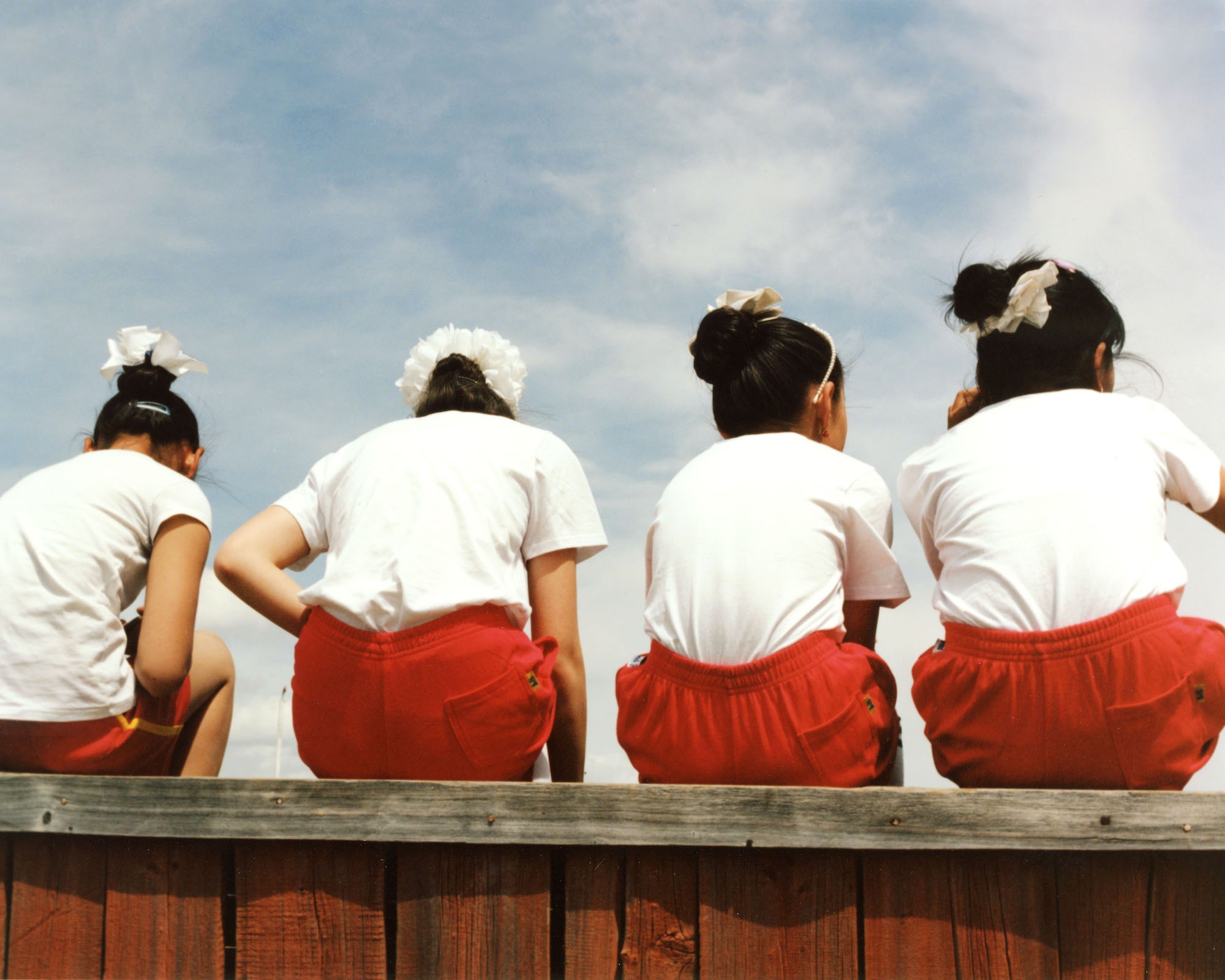Tsagaan Nuur, or White Lake as it translates to English, is a large pool of water in the Tariat district of Arkhangai province in central Mongolia. A vital component of everyday life for the immediate community, the fresh-water lake is also a source of deep cultural and religious significance. “According to folktales, the lake’s creation is attributed to a young girl,” says Korean photographer, Taemin Ha. “Her parents tasked her with drawing water from a well and she did so, however, she forgot to close the well properly. As a result, water began to overflow, eventually forming White Lake.”
The water’s name emerged from the tale (the colour white representing the women there), while, to this day, there is a ritual practiced amongst those living close-by: throwing milk in the direction of the lake in the morning as a token of gratitude. Spending six weeks in Tariat over the course of 2022, Taemin stayed with four families, integrating himself as best he could with limited methods of communication (despite many Mongolian people learning Korean as a second language, here a predominantly non-verbal approach played out, he says).
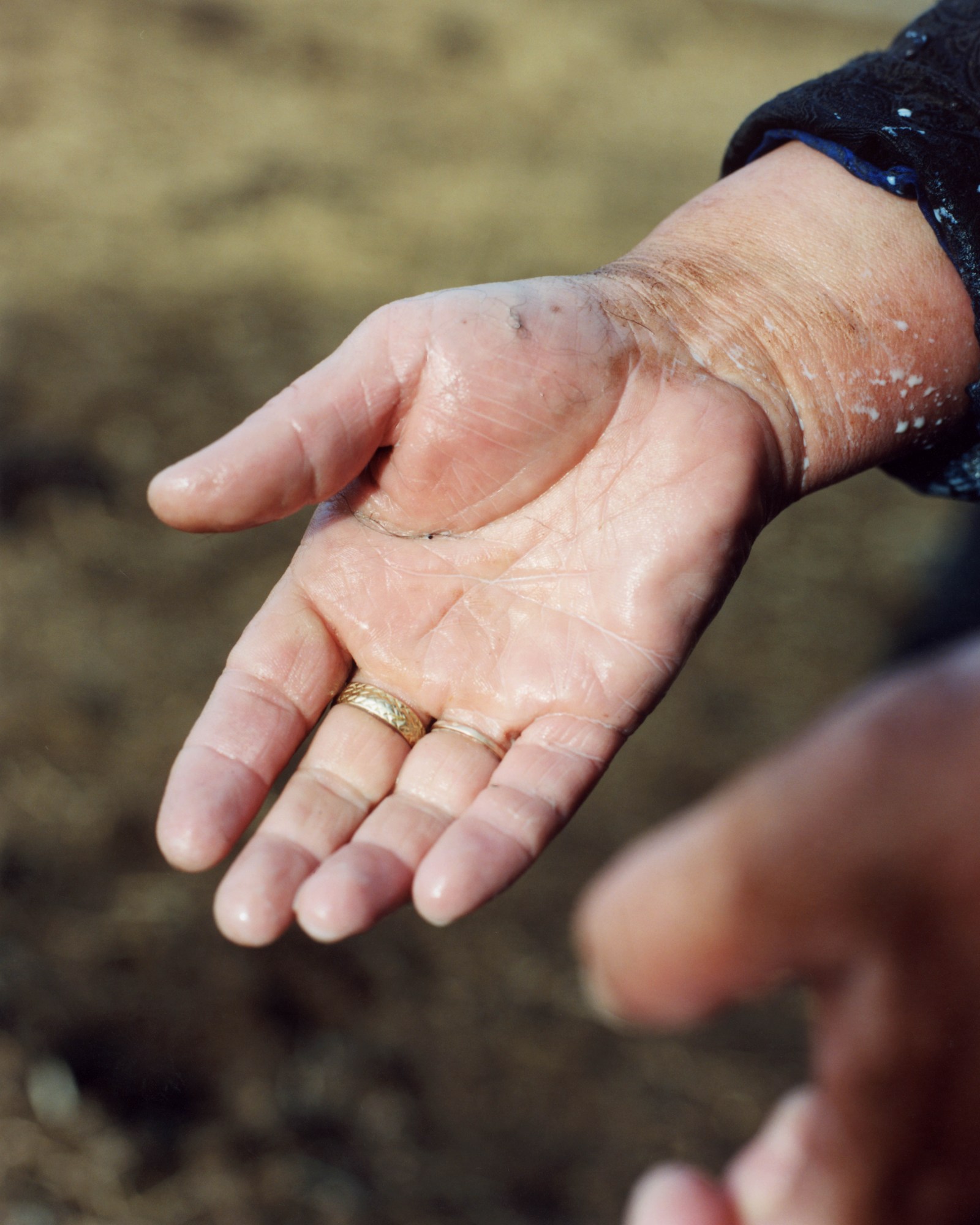
Usually based in Seoul, Taemin’s earliest photography practice was a mostly relaxed affair, casually documenting friends with a small point-and-shoot camera in his early 20s. Later, during his mandatory military service, he worked with the Navy media team, learning the technical aspects of the medium. Two months after finishing his service in 2019, he travelled to India to work on a project in Guwahati. The project was cancelled due to protests that broke out around the same time, so instead he began photographing young skaters in the Himalayas, leading to his first photobook, Sikkim. A year after the book’s release, i-D named him one of 20 rising photographers to follow, and he’s since worked with heavyweight brands like Nike and Airbnb.
The Mongolian photographs, collectively titled White Lake of Terkh River, came about as the result of conversations with a friend of a friend in South Korea, he tells me today. “He was visiting Seoul and told me about the families in Tariat, one of whom happened to be a distant cousin of a friend he knew,” Taemin says. “I became intrigued and asked if there might be an opportunity to visit. The idea of this series wasn’t on my mind then, my main motivation was a genuine interest in the nomadic culture in Mongolia.”

Initially visiting for a fortnight in the spring of 2022 (he took a second, month-long trip at the end of that year), Taemin was introduced to a lifestyle unfamiliar to his own. “It wasn’t a strictly traditional, nomadic way of life, nor was it entirely modern. It felt like it was in between,” he says. “For example, they move their settlement for the livestock according to the season, however, they also have a house for the children’s education.” Situated in a village an hour’s drive around the lake, the school’s young attendees — who split their time between there and their parents’ homes — quickly became the photographer’s focal point.
“At the beginning I didn’t take any portraits, I only took one or two photos of animals or landscapes each day. That period I spent with them [in the spring] was relatively short, but since I stayed in their Gers [their homes; round-shaped tent structures of canvas and felt] we got very close. They became familiar with me and the camera, not only growing comfortable with it, but also starting to enjoy being photographed.” The children in particular saw the camera as an invitation to play and welcomed it as a vehicle for recreation, sometimes leaving him to move freely while they did their schoolwork or partook in sports day, other times intentionally posing.
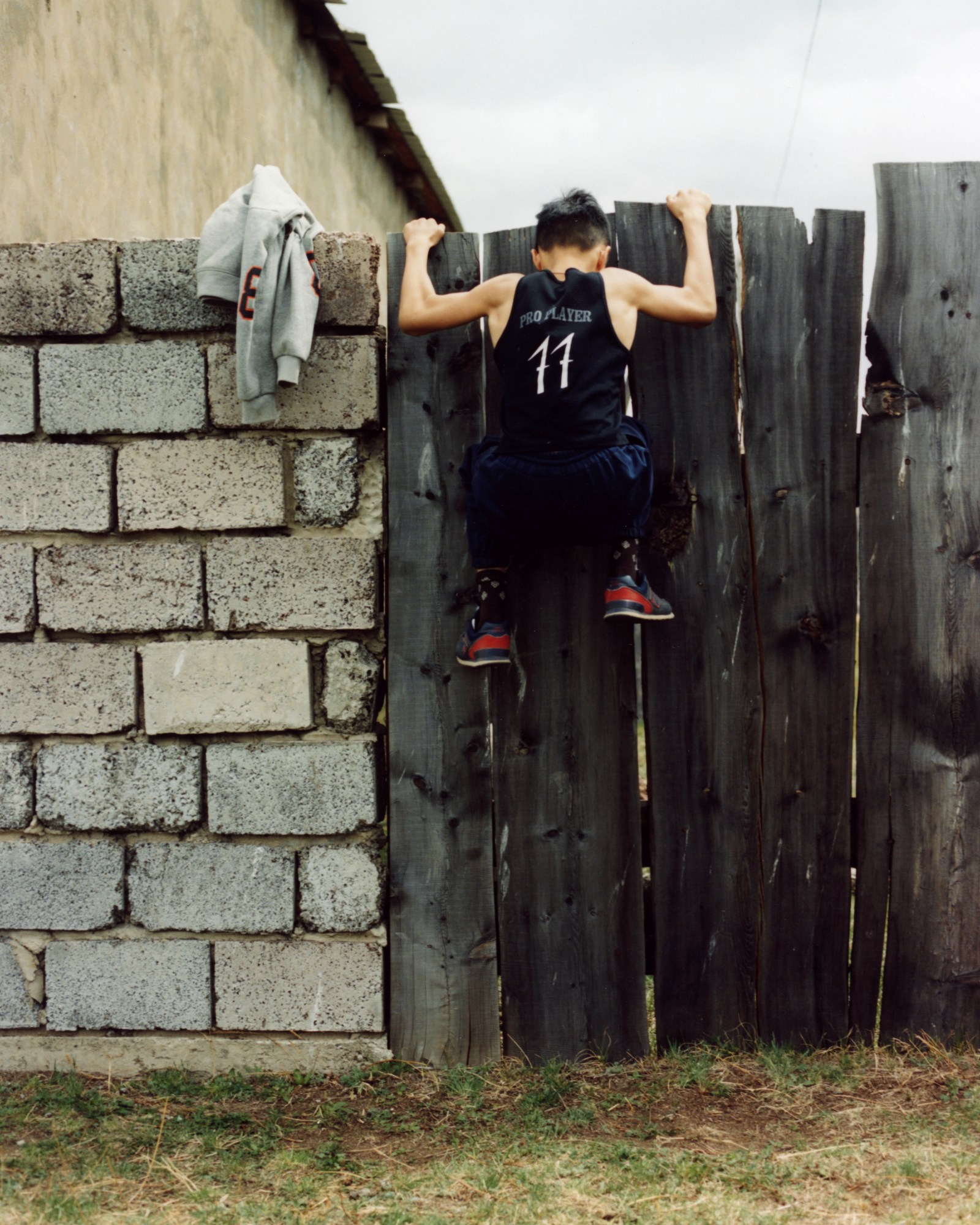
On a personal level, Taemin notes, the formation of the series was one of the more significant things he’s taken away from the project so far. “Since I didn’t plan for it, I have found it quite fascinating how, as I spent more time with the families, the idea has evolved,” he says. Largely rejecting the typical landscape pictures that fill Google Images, instead the work in White Lake of Terkh River offers a survey of one community’s intimacies and relationship with the seasons. One image from the ongoing series has already been publicly exhibited, forming part of a group show at the PhMuseum Lab in Bologna, but the photographer is keen to expand the series further and hopes to return to Tariat as he shapes his next photobook.
“My favourite image is one of Amarbayar washing his face at a river stream,” Taemin says, referencing a vivid blue image of a young boy whose family he stayed with. With a hand to his face as the water splashes all around, the contrasting blues of the stream, his jumper and the sky radiating, it’s a fitting encapsulation of the energy that punctuates much of the wider project. “It was captured on the last day of my first visit,” Taemin adds. “After relocating all the livestock and Gers from the spring spot to the summer spot, I saw the children by the stream. Not only did Amarbayar not mind the camera’s presence at this point, he wanted to show me washing his face, as if he were playing with the camera.”
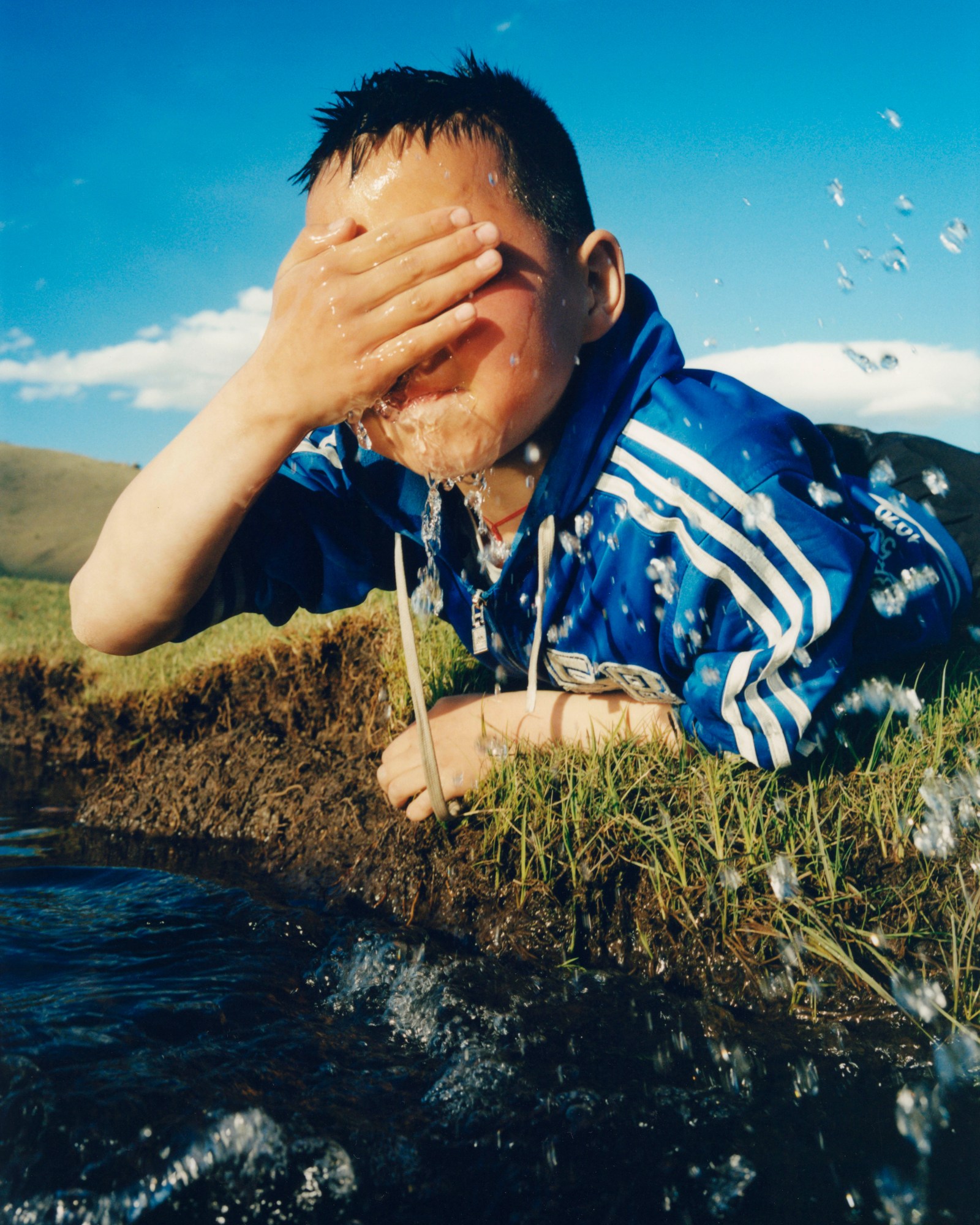


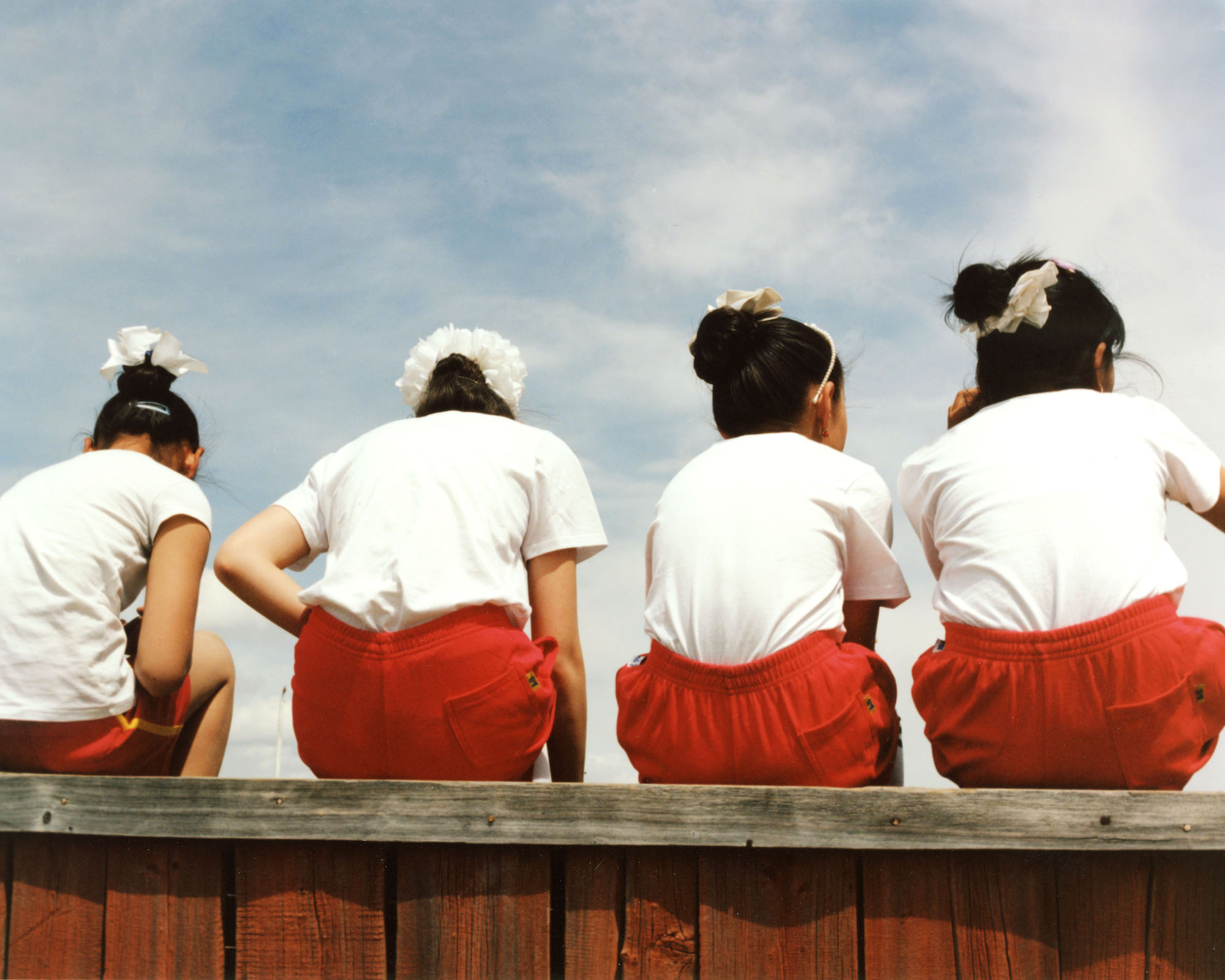

Credits
Photography Taemin Ha
